Botanical Society of Otago field trip to Borland in southern Fiordland, New Zealand.
We spent 2 nights at Borland Lodge and two days of plant hunting.We could not have asked for a better choice of weekend, no rain, and more importantly… no sandflies. The first day was spent in the tussock fields and tarns below Mt. Burns.
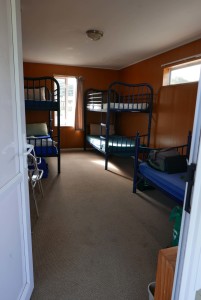
Bunk room at the lodge
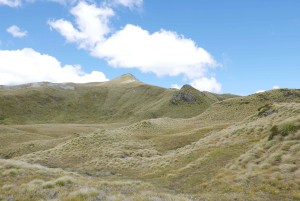
Tussock fields below Mt. Burns
We had spectacular views of the surrounding valleys and mountains but also the Green Lake Landslide, the largest known landslide of this type in the world, 13,000 years ago. 27 cubic kilometers crashed into the Grebe valley below us.

Looking west toward slip down below, now covered with vegetation and tarns.

Looking west but up above and looking down on the tussock and tarn area where we spent the day looking for plants.
Amongst the tussocks we found Veronica (Hebe), Gentians, Ranunculus sp., several species of Celmisia, Coprosma’s, Dracophyllum and many more. Flowers in the tussock are not showy but still interesting and it takes a close look to see some of them.
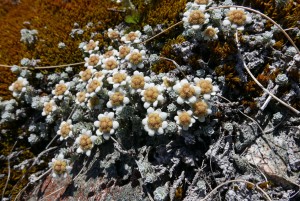
Leucogenes grandiceps
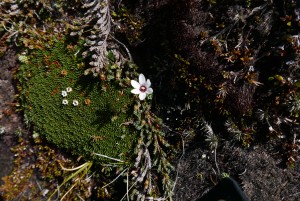
Kellera villosus, Para hebe sp?
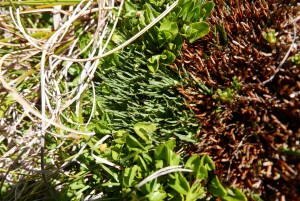
Oreobulus impar
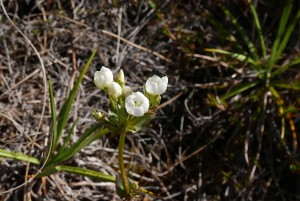
Gentianella montana
The next day we spent the morning in the Borland Mire (wetland), one of the largest in NZ and one of the few raised mires in the country.
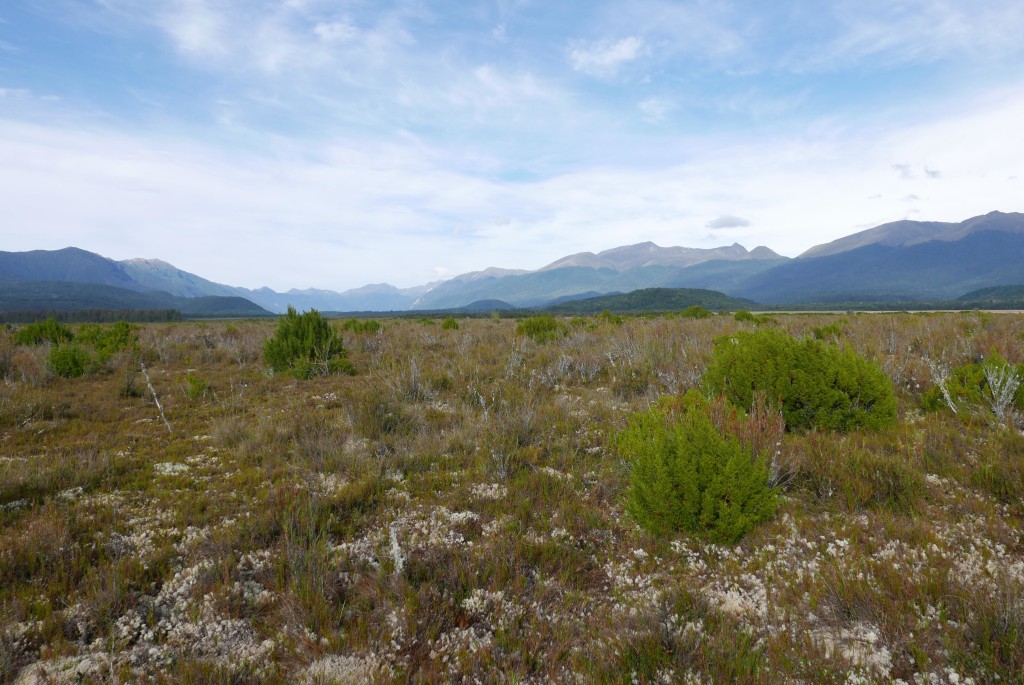
Bog landscape
Here I found two of my favorite lichens Cladia retipora and Cladia sullivanii…and the bog pine (shrubs in above picture), one of the trees with juvenile forms I was illustrating and was needing to find the male cones to add to the layouts.
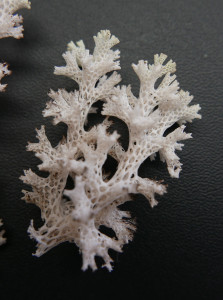
Cladia retipora
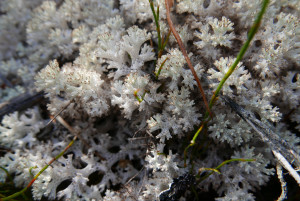
Lichen: Cladonia retipora
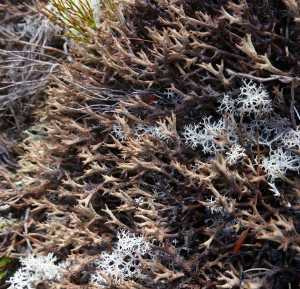
Lichen Cladia Sullivanii
We were also entertained by a Kea as we were heading back down the hill to our vehicles.
